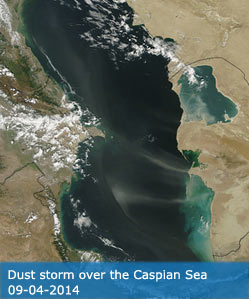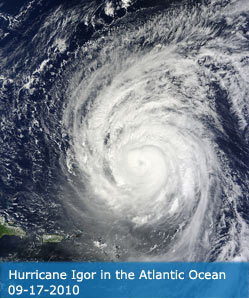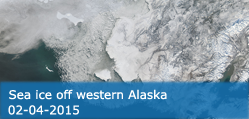Science Team
Publications
Lefsky, MA (2010). A global forest canopy height map from the Moderate Resolution Imaging Spectroradiometer and the Geoscience Laser Altimeter System. GEOPHYSICAL RESEARCH LETTERS, 37, L15401.
Abstract
The value of lidar derives from its ability to map ecosystem vertical structure which can be used to estimate aboveground carbon storage. Spaceborne lidar sensors collect data along transects and gain value for the global change science community when combined with data sources that have complete horizontal coverage. Data sources and methods for this type of analysis require evaluation. In this work we use image segmentation of 500 m Moderate Resolution Imaging Spectroradiometer (MODIS) data to produce a global map of 4.4 million forest patches. Where a Geoscience Laser Altimeter System (GLAS) transect intersects a patch, its height is calculated from the GLAS observations directly. Regression analysis is then used to estimate the heights of those patches without GLAS observations. Regression goodness-of-fit statistics indicate moderately strong relationships for predicting the 90th percentile patch height, with a mean RMSE of 5.9 m and mean correlation (R-2) of 0.67. Citation: Lefsky, M. A. (2010), A global forest canopy height map from the Moderate Resolution Imaging Spectroradiometer and the Geoscience Laser Altimeter System, Geophys. Res. Lett., 37, L15401, doi: 10.1029/2010GL043622.
DOI:
10.1029/2010GL043622
ISSN:
0094-8276




